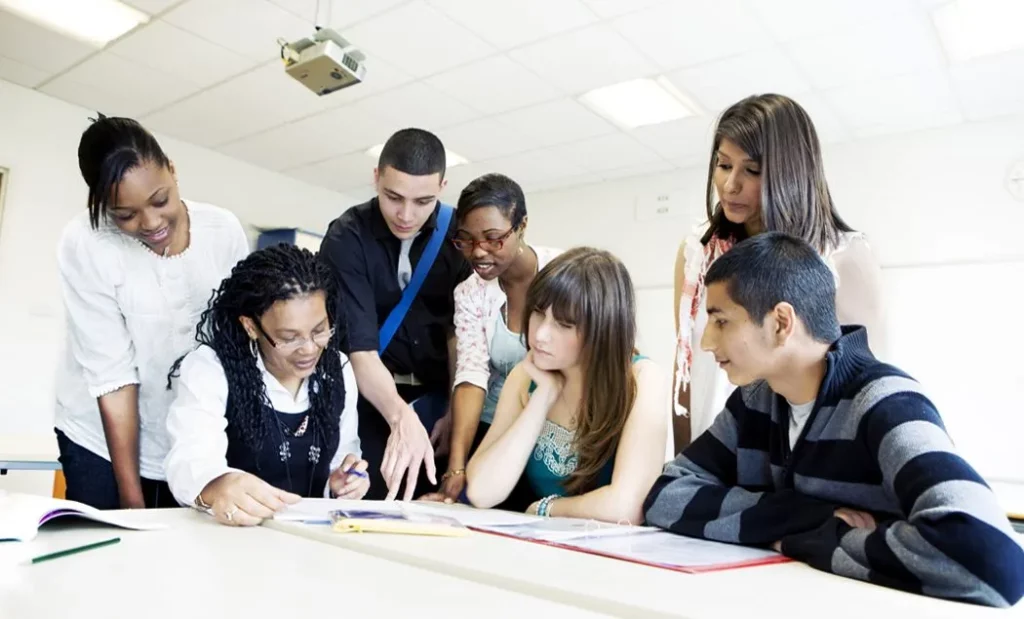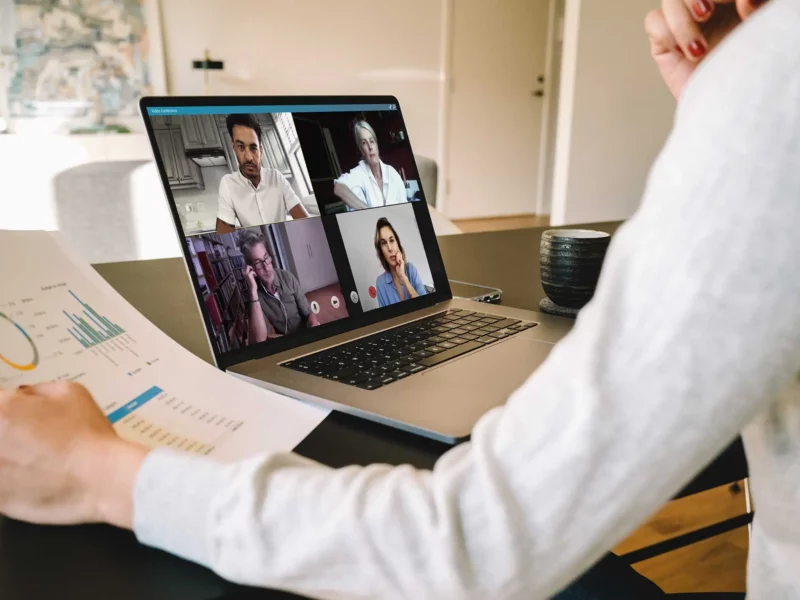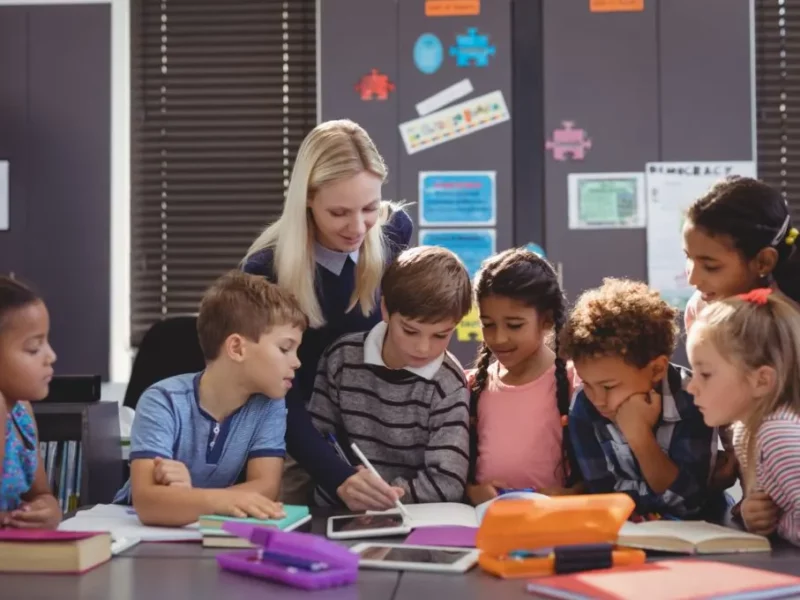
In the realm of education, the classroom stands as the crucible of learning. It’s within these four walls that educators have the power to shape young minds, ignite curiosity, and foster a lifelong love for learning. But how can teachers create an environment that truly nurtures growth, engagement, and success? The answer lies in mastering the art of effective classroom strategies. In this blog, we’ll delve into the intricacies of what makes a classroom strategy effective, explore various approaches that can transform your teaching, and ultimately equip you with the insights you need to create an optimal learning experience for your students.
Understanding Effective Classroom Strategies
Effective classroom strategies are more than just methods; they’re the carefully crafted tools that empower teachers to facilitate meaningful learning experiences. These strategies encompass a variety of techniques that cater to different learning styles, abilities, and needs. By leveraging effective classroom strategies, educators can optimize student engagement, boost learning outcomes, and create a positive and inclusive learning atmosphere.
Creating a Positive Learning Environment
The foundation of effective teaching rests upon the bedrock of a positive learning environment. A classroom imbued with positivity becomes a safe space where students feel valued, respected, and motivated. Establishing ground rules for respectful communication, embracing diversity, and encouraging collaboration are key steps in creating a conducive learning atmosphere. Remember, the relationships you cultivate with your students can greatly influence their overall learning experience.
Differentiated Instruction Techniques
Every student is unique, possessing distinct learning preferences and abilities. Differentiated instruction acknowledges this diversity and tailors teaching methods to accommodate individual needs. By offering a variety of learning pathways, such as visual aids, hands-on activities, and interactive discussions, teachers can better engage all learners, ensuring that no student is left behind.
Active Learning Strategies
Engaged students are more likely to absorb and retain information. Active learning strategies immerse students in the learning process, encouraging them to participate, analyze, and synthesize information actively. Techniques like group discussions, problem-solving activities, and project-based learning not only stimulate critical thinking but also foster a collaborative spirit that prepares students for real-world challenges.
Effective Use of Technology
In our digital age, technology has become a potent tool in the classroom. Integrating technology doesn’t just mean replacing traditional methods; it’s about harnessing digital resources to enhance learning. Whether through interactive online platforms, educational apps, or virtual reality simulations, technology can create immersive experiences, personalize learning paths, and provide instant feedback, transforming your classroom into a dynamic hub of discovery.
Classroom Management Techniques
Maintaining order and discipline in the classroom is pivotal for effective teaching. Classroom management techniques encompass strategies for managing behavior, time, and resources. Establishing clear expectations, consistent routines, and fair consequences for actions can create an environment where both students and teachers can focus on learning and growth.
Assessment and Feedback Strategies
Assessments serve as guideposts on the journey of learning, enabling teachers to gauge student progress and adapt their strategies accordingly. A blend of formative and summative assessments offers insights into both ongoing learning and overall achievement. Timely and constructive feedback provides students with the guidance they need to improve, fostering a growth mindset that transcends the classroom.
Professional Development for Teachers
Just as students are on a continuous learning journey, so too are educators. Engaging in professional development opportunities, such as workshops, conferences, and online courses, allows teachers to expand their teaching toolbox, stay current with best practices, and connect with fellow educators. Embracing lifelong learning is key to remaining effective and passionate in the classroom.
Real-life Classroom Examples
Effective classroom strategies come to life through real-world success stories. Consider a teacher who once struggled to engage her students; with the implementation of active learning techniques, her classroom transformed into a hub of animated discussions and hands-on exploration. These examples underscore the transformative potential of effective strategies.
Conclusion
Mastering the art of effective classroom strategies is a journey that combines pedagogical expertise, creativity, and a deep commitment to student success. By cultivating a positive environment, embracing differentiation, leveraging technology, and staying open to continuous improvement, educators can truly harness the power of teaching. Let’s remember that each strategy implemented is a step toward empowering our students with the tools they need not only to excel academically but also to thrive in a complex and ever-evolving world.



